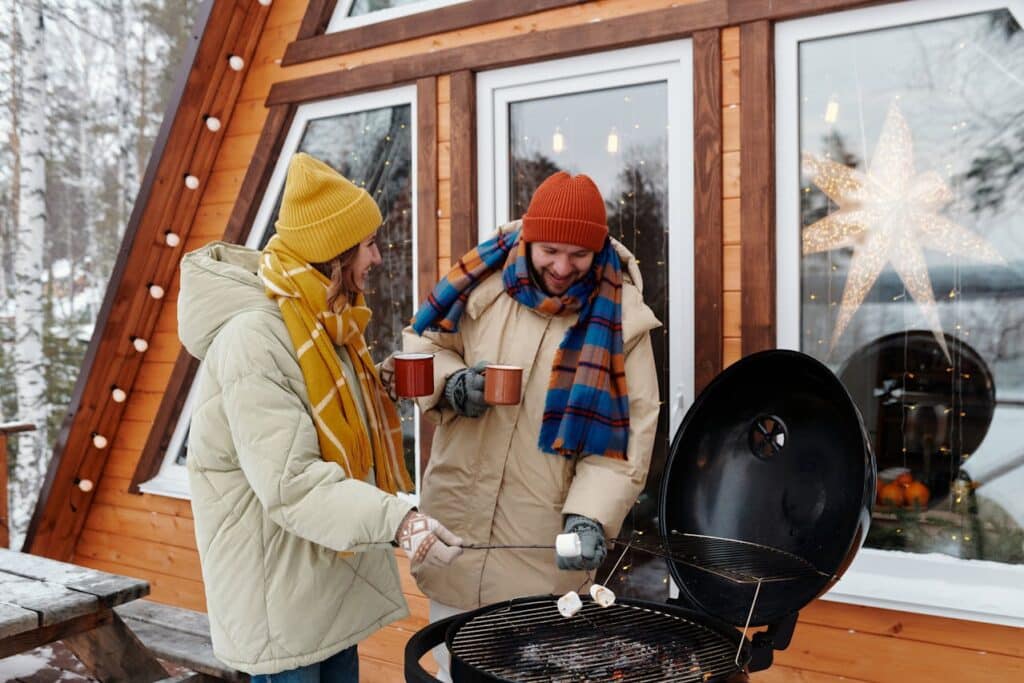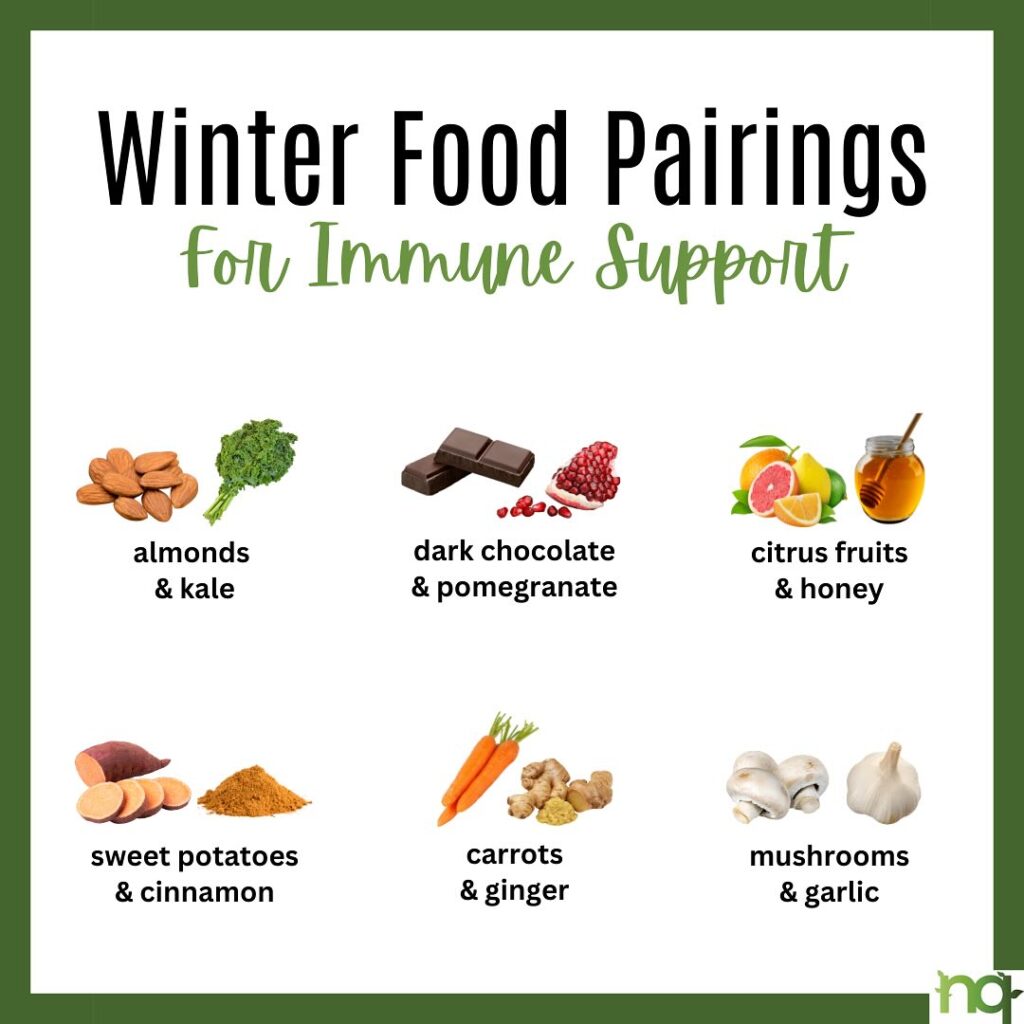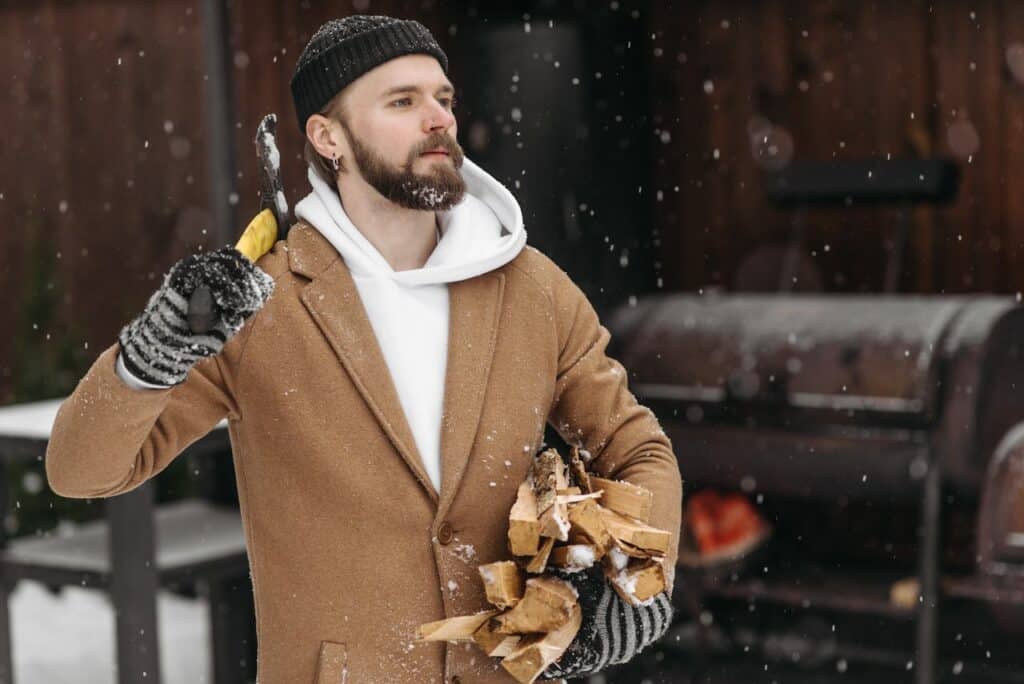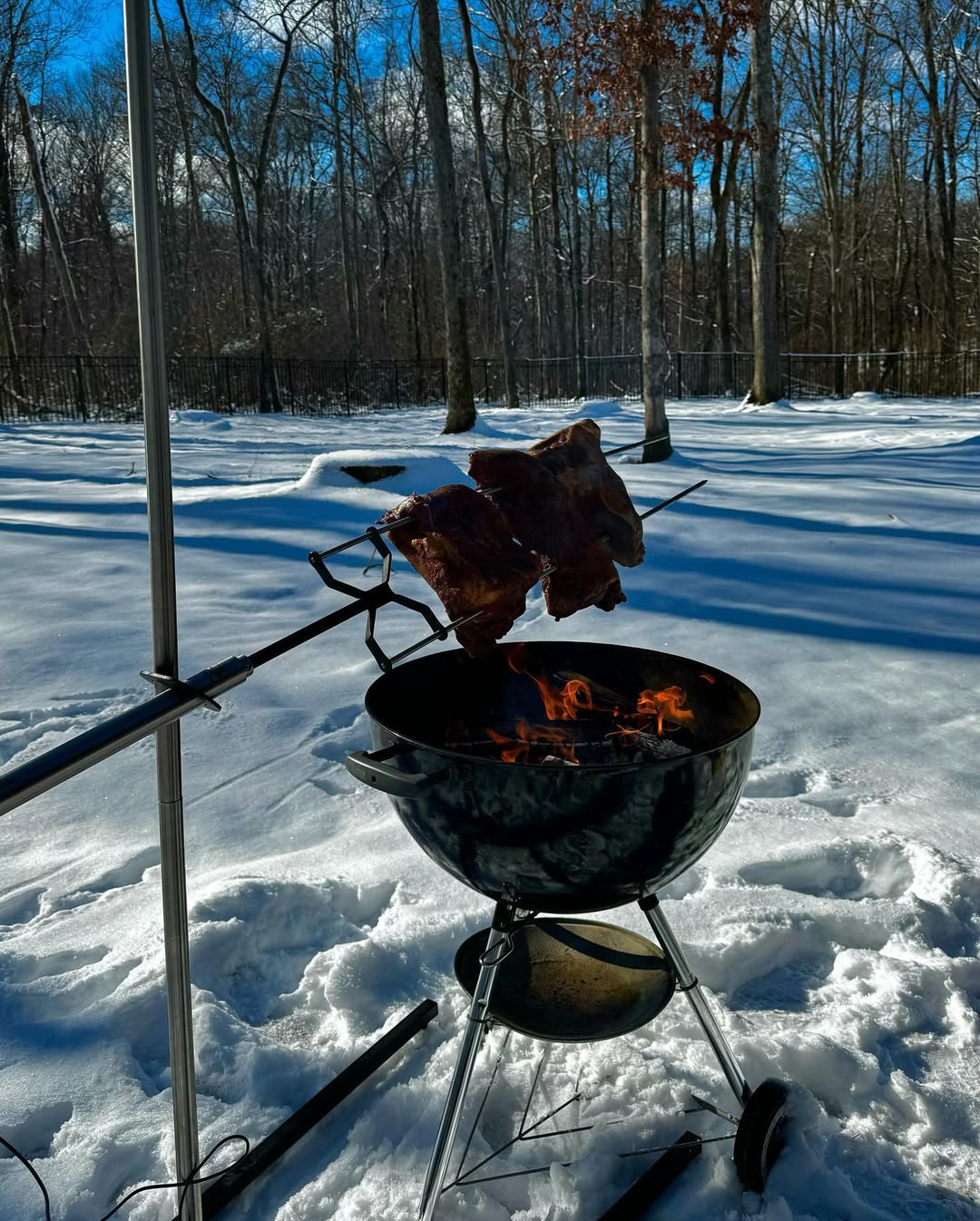Cold Doesn’t Cancel the Grill
There’s a special kind of silence when you grill in winter. The air bites, the smoke hangs low, and the sizzle cuts through the cold like a promise. Most folks pack their grills away after summer, assuming barbecue season hibernates.
Big mistake. Grilling during winter isn’t just possible – it’s downright rewarding.
If you can stand a little frost, you’ll find the grill behaves differently when the mercury drops. The heat feels sharper, the smoke richer, the whole experience quieter – like cooking in a snow globe.
And honestly, food tastes better when you’ve earned it in gloves and a beanie.
You don’t need to be a survivalist or a professional chef. All you need is a hot grill, a steady hand, and the right mindset.
So, let’s talk about how to turn the chill into charm, and why winter might just be the best season for grilling.
Why Winter Grilling Hits Different
Here’s the secret: cold air changes everything. It forces you to slow down, think about heat control, and actually cook with precision. Your grill loses heat faster, so you preheat longer and watch your lid like it’s the Super Bowl score.
But that’s where the magic lives. Smoke flavor deepens in cold air because it lingers and clings to the food longer. The crisp air gives your meat a cleaner, sharper taste – like nature’s built-in smoke enhancer.
And let’s not forget the vibe. No buzzing bugs. No sweaty sunburns. Just you, a plume of smoke, and maybe a beer slowly frosting over in your glove.
Grilling in winter feels like a quiet rebellion – like telling the weather, “Nice try, but I’m still making ribs.”

Gear Up: The Winter Grilling Essentials
Grilling in January isn’t about bravado – it’s about setup. Cold weather is your new opponent, and you beat it with the right gear.
1. Pick the right grill.
- Charcoal grills give unbeatable flavor but take more effort to maintain heat.
- Gas grills are reliable and faster to adjust in the cold.
- Pellet grills are great if you like tech doing the thinking.
2. Watch the wind.
Your biggest enemy isn’t temperature – it’s the wind. Set your grill in a wind-sheltered area, but never fully enclosed. A garage or covered patio with poor ventilation is a no-go.
3. Tool up smart.
Keep your heat-resistant gloves, long tongs, and grill thermometer handy. An insulated grill cover helps retain heat – think of it as a winter jacket for your smoker.
4. Fuel up.
Cold burns fuel faster. Stock up on propane, charcoal, or pellets before you light up.
Pitmaster tip:Preheat longer than usual – 15 to 20 minutes minimum. Your grill needs time to overcome the cold metal and build steady heat. Rushing it is like driving off before your windshield defrosts.
Fire Control in the Cold
Controlling fire in freezing air feels like herding smoke. Everything takes longer to heat and cools faster the moment you open the lid. So rule number one: keep that lid closed. Every peek dumps heat like opening your oven mid-bake.
Set up two heat zones – one side for direct heat, one for indirect. That gives you a safe space to rest or finish thicker cuts without burning.
If you’re using charcoal, arrange coals in a tight pile to keep the heat concentrated. For gas, preheat all burners, then lower one side to create your cool zone.
Keep a grill thermometer clipped to the grate – not just on the lid. The lid temp lies in cold weather; it reads warmer than what’s actually happening where your food sits.
Pitmaster humor: “Open your lid too often, and you’re not grilling – you’re refrigeration testing.”

What to Grill: Winter-Friendly Foods
Not every cut thrives in the cold. When you’re grilling during winter, focus on thicker meats that hold their temperature and don’t dry out.
Try ribeye, pork chops, salmon fillets, or chicken thighs. They cook steadily and stay juicy even with temperature swings. If you’re feeling ambitious, whole chicken or small roasts do beautifully over indirect heat.
Avoid thin cuts like shrimp or quick kebabs – they cool too quickly and lose that caramelized crust.
Winter’s also perfect for grilled sides:
- Root vegetables like carrots and sweet potatoes caramelize beautifully over medium heat.
- Cabbage steaks or brussels sprouts bring smoky crunch.
- And if you’re after comfort, try a grilled cheese sandwich on cast iron right on the grates.
Pitmaster truth: “If it sizzles, smokes, and steams in the cold, it’s winter-approved.”
Flavor Boosters: Marinades, Woods, and Smoke
Winter grilling is all about big, bold flavor. Cold air mutes delicate tastes, so you want stronger seasonings and richer smoke.
Start with your wood.
- Hickory adds deep smokiness perfect for beef.
- Apple or cherry wood brings sweet balance to poultry.
- Maple or pecan gives pork and seafood a warm, nutty tone.
For marinades, go heavy on garlic, citrus, chili, and herbs. They punch through the cold and wake up your taste buds.
Keep sauces warm in a small pot near the grill so they stay liquid. Butter-based glazes solidify fast—apply them warm, brush often.
Pro move: Mix melted butter, crushed garlic, lemon, and a splash of bourbon for an instant glaze that sticks to anything that hits your grate.
Pitmaster saying: “Smoke is your spice rack – use it with intent.”
Stay Safe and Stay Warm
Let’s talk about safety – because nothing ruins a good ribeye like a frozen pitmaster or a smoky kitchen.
1. Never grill indoors.
Not in the garage, not under a tarp, not near the door. Carbon monoxide has no sense of humor. Keep it outdoors with good airflow.
2. Clear your space.
Shovel a stable path to the grill and scrape off any ice. Falling while carrying a platter of ribs is both tragic and deeply unflattering.
3. Light it right.
Use a long lighter or electric starter – no lighter fluid unless you want your eyebrows to join the smoke.
4. Dress for it.
Insulated gloves, boots with grip, and sleeves that won’t catch fire. Avoid scarves – they’re traitorous in the wind.
Bonus: Good lighting. Most winter grilling happens after dark, so set up a headlamp or outdoor light. The only thing worse than overcooked meat is not seeing it happen.
Pitmaster joke: “If your beard’s frosted but your steak isn’t, you’re winning.”

The Mindset: Embrace the Chill
Winter grilling isn’t just about cooking – it’s about character. Anyone can flip burgers in July. It takes grit (and a warm hat) to flip them in February.
When you’re grilling during winter, think of it as a ritual. The smoke curls differently, the silence feels deeper, and each meal becomes a tiny act of defiance.
The key is patience. You’re managing heat, wind, and time like a craftsman, not rushing like a short-order cook. That slower rhythm is part of the reward.
And if you’re lucky enough to have friends or family brave the cold with you – feed them well. Nothing bonds people like standing around a grill, laughing through their breath fog, waiting for perfectly seared steak.
Motivational note: “Summer cooks food; winter forges grillers.”
From Frost to Flame: Adapting to the Chill
Here’s the truth, plain and simple: grilling during winter isn’t about surviving the cold – it’s about mastering it. The same fire that blazes in July burns even brighter against the frost.
You just need to prepare smarter:
- Preheat longer.
- Keep that lid closed.
- Stock up on fuel.
- And always, always bring extra butter.
Once you learn to handle the elements, every grilled meal becomes a small victory. The snow might fall, the air might sting – but that sizzling sound reminds you who’s really in control of the heat.
If you can grill in January, you can grill anytime. So zip up, fire up, and turn the frost into flavor.
Featured image credit: @kankagrill_

